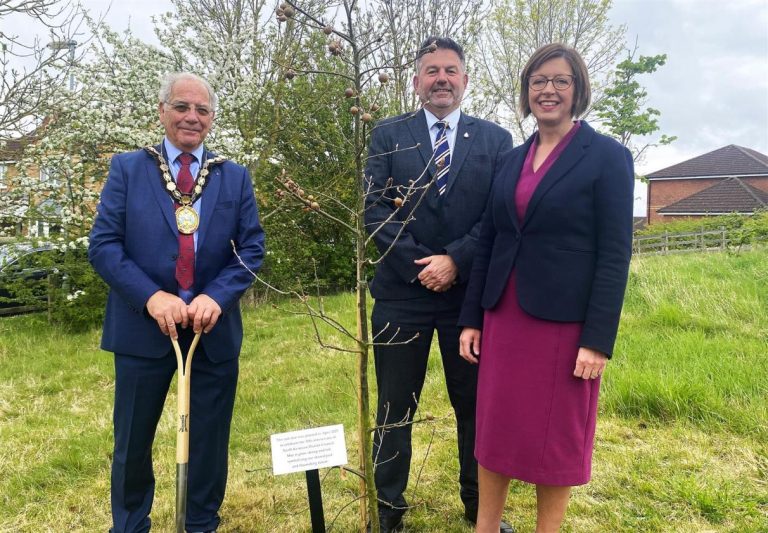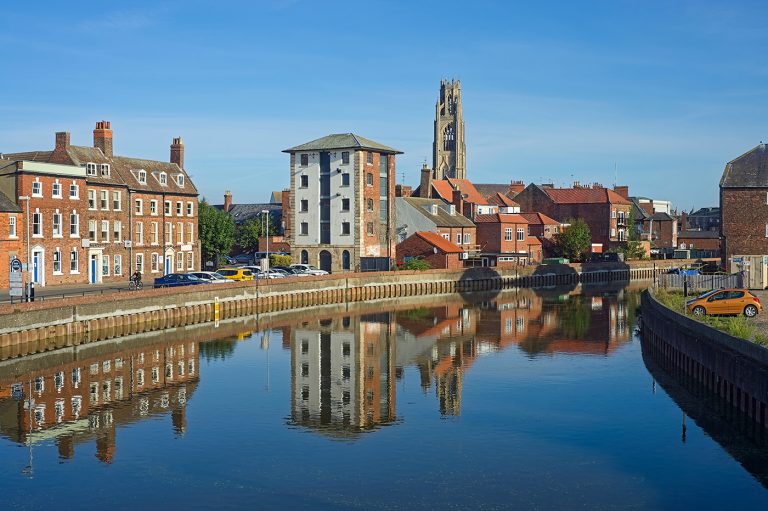16 University of Lincoln researchers will share their scientific discoveries during the world’s largest festival of public science, set to return to the city on Monday 19 May for a three-day celebration.
Pint of Science comes back to Lincoln
Apprenticeships to be celebrated in Lincolnshire
Applications are now open as the Greater Lincolnshire Apprenticeship Champion Awards return for 2025.
Golden anniversary oak tree takes root in Sleaford
Community called on to nominate local heroes for Boston campaign
Lincoln railway safety tech firm secures £2m investment
Restoration works begin on Spalding war memorial
World War Two veterans invited to Armed Forces lunch
Safe Haven opens for young people in Grimsby
Stokes Tea & Coffee win prestigious City of Lincoln Civic Award
Unique VE80 project combines rugby and remembrance
- VE Day 80 Beacon Lighting and Dinner– A poignant ceremony on 8th May at the IBCC, marking this significant moment in history. There will also be a free, open-air VE Day 80 Concert (2pm till 3pm) featuring the Blighty Belles.
- Heritage site visits– The Lincolnshire Aviation Heritage Centre and IBCC will host visiting touring U18 rugby teams and VIP guests for immersive experiences.
- Ceramic Poppy-Bluet Ceremony– On 9th May (4.30pm till 6.30pm) a moving tribute will take place at Lincoln Cathedral, incorporating its military altars in honour of those who served. This is open to the public.
- Rugby & WWII Exhibition– From now until August the IBCC will showcase a unique exhibition highlighting the connections between rugby and the Second World War featuring untold stories of service, camaraderie and sacrifice.
- Remembrance Thanksgiving Service– On 11th May (10.15am till 11.15am) the IBCC will host a special service to conclude the commemorations with a message of gratitude and reflection.












